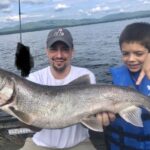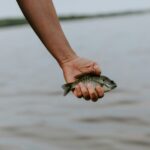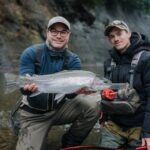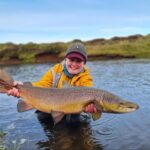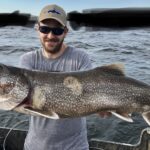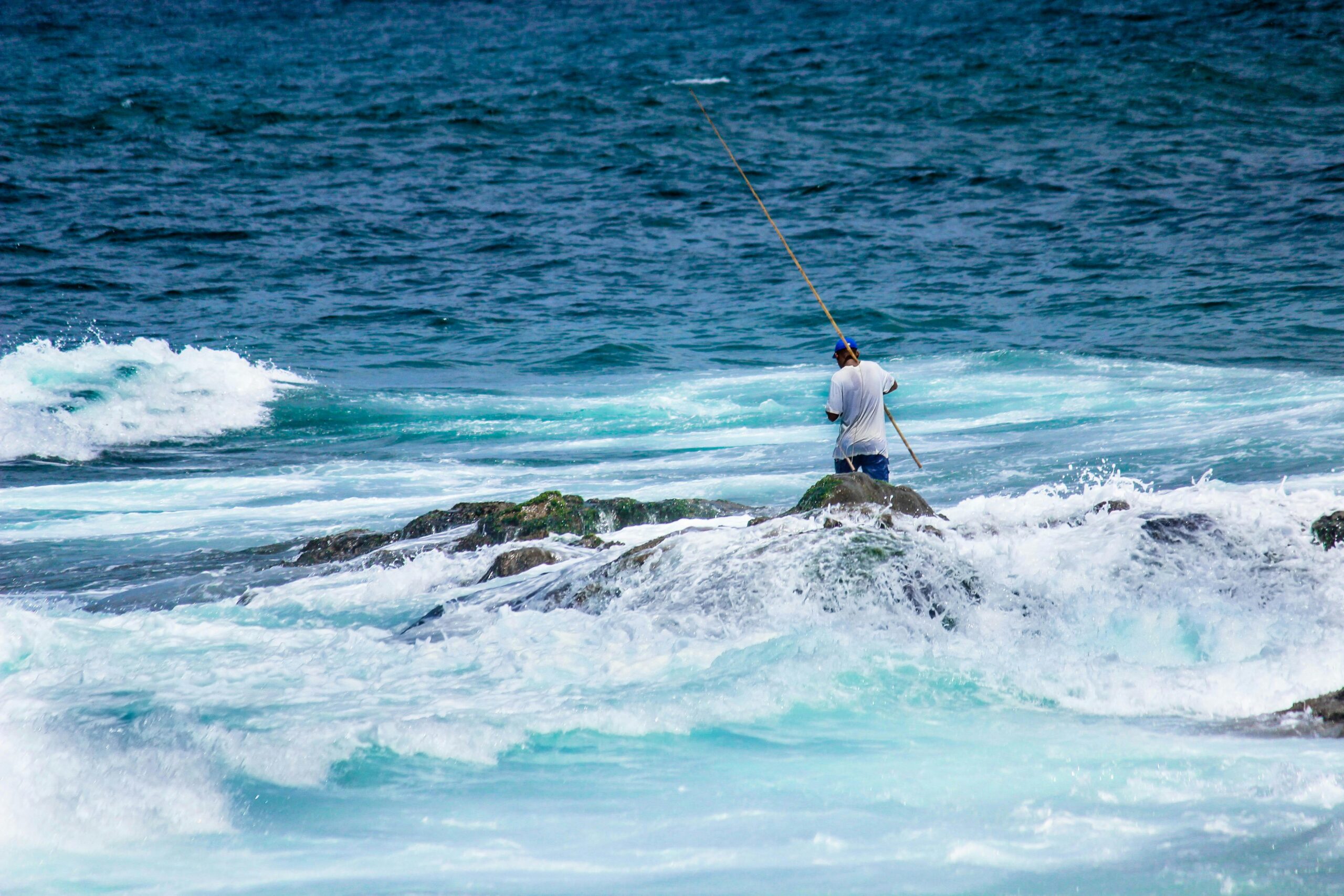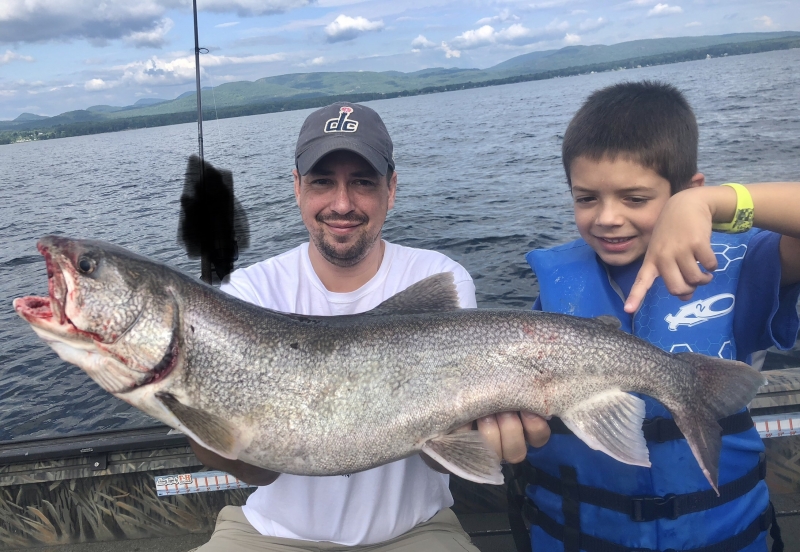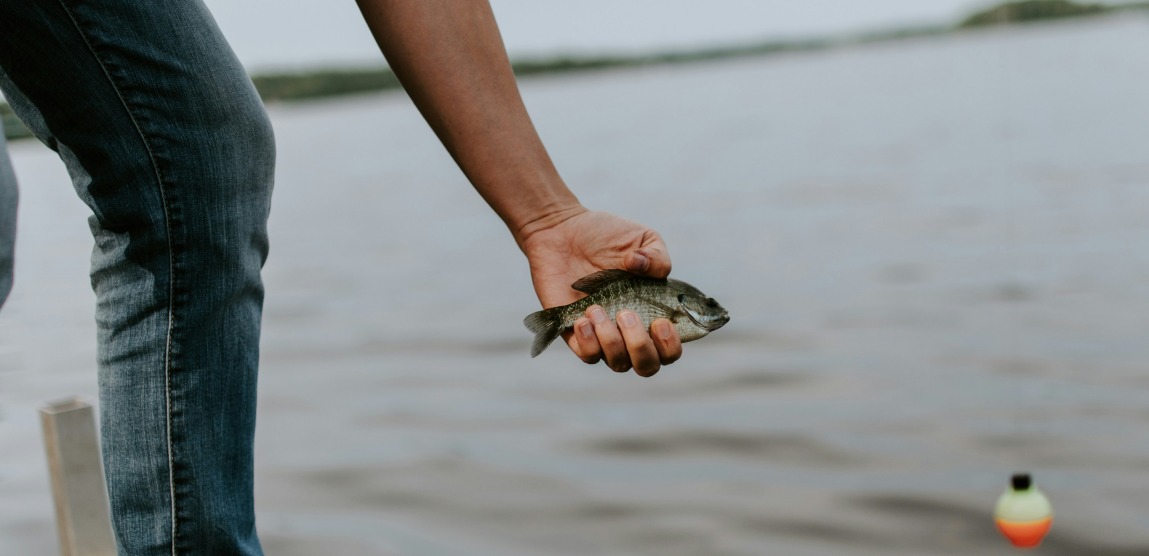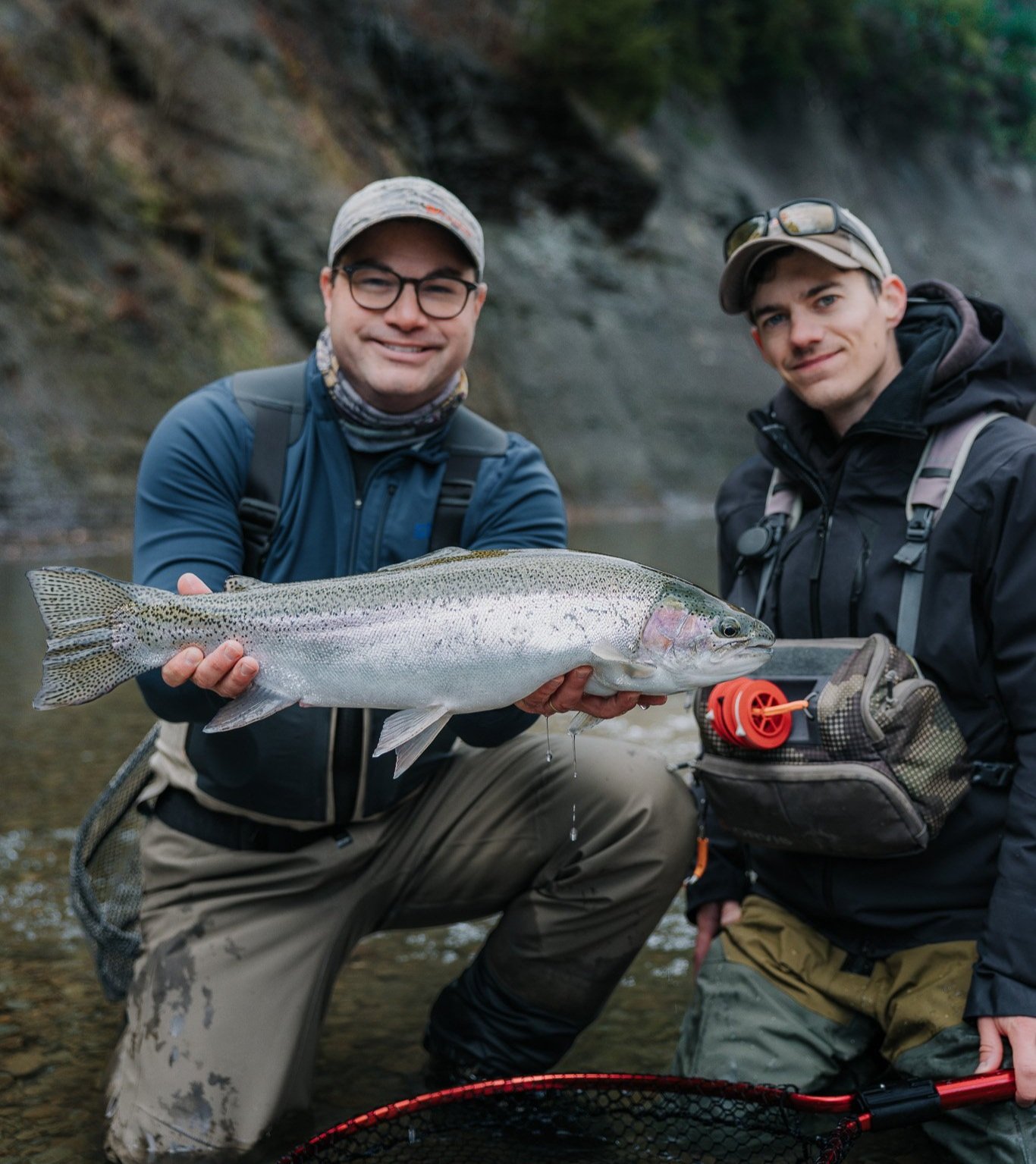Fishing is more than just a hobby; it’s an art form, a way to connect with nature, and for many, a deeply relaxing escape from the hustle and bustle of everyday life. Whether you’re a seasoned angler or someone just starting out, understanding the nuances of fishing can make a world of difference in your experience on the water.
This article will delve into the essentials of fishing, from selecting the right gear and techniques to understanding different fish species and the best practices for a successful outing.
1. Understanding the Basics of Fishing Gear
The foundation of every fishing trip lies in your gear. Without the proper equipment, even the most skilled anglers can have a hard time landing their catch. Here are the key components of fishing gear and how to choose them.
Fishing Rod and Reel
Your rod and reel are your primary tools for casting and reeling in fish, and choosing the right combo is essential. Here are a few things to consider:
- Rod Type: Fishing rods come in various types, such as spinning rods, baitcasting rods, and fly rods. Spinning rods are best for beginners because they are easy to use and versatile for most types of fishing. Baitcasting rods, on the other hand, offer greater accuracy and are preferred by experienced anglers targeting larger species.
- Reel Type: Spinning reels are widely used for their ease of use and ability to handle lighter tackle, making them ideal for freshwater fishing. Baitcasting reels offer more control and are preferred for heavier lures or when fishing in saltwater environments.
Fishing Line
Choosing the right fishing line is a critical step in ensuring a successful fishing trip. Lines vary in material, thickness, and strength:
- Monofilament Line: This is the most common type of line and is ideal for general-purpose fishing. It’s affordable, flexible, and works well in both fresh and saltwater.
- Braided Line: Known for its high strength and thin diameter, braided line is great for targeting larger fish. However, it’s less forgiving than monofilament and can be harder to handle for beginners.
- Fluorocarbon Line: Invisible underwater and resistant to abrasion, fluorocarbon is often used for finesse fishing techniques and when targeting skittish fish.
Hooks and Lures
Hooks and lures come in a variety of shapes and sizes to match different types of fish. For example, if you’re targeting bass, you might use soft plastic worms or crankbaits, while fly anglers will use artificial flies to mimic the insects fish typically feed on.
- Hooks: Hooks come in various sizes, with smaller hooks being used for smaller fish species and larger hooks for bigger game like pike or tuna.
- Lures: Lures imitate the movement of prey to attract fish. There are different types of lures including crankbaits, jigs, spinners, and soft plastics. The type of lure you choose will depend on the fish species you’re targeting and the water conditions.
2. Choosing the Right Fishing Spot
Where you fish can make all the difference in your success. Different fish species prefer different habitats, and understanding where to find them can greatly increase your chances of landing a big one.
Freshwater vs. Saltwater Fishing
- Freshwater Fishing: Freshwater bodies such as lakes, rivers, and ponds are home to species like bass, trout, and catfish. Look for areas with submerged structures like rocks, fallen trees, and vegetation where fish are likely to hide. In rivers, fish are often found near currents, rocks, or deep pools.
- Saltwater Fishing: The ocean offers a whole new world of fishing opportunities. Coastal areas are home to species like redfish, striped bass, and even sharks. Saltwater fishing can be done from the shore (surf fishing), from a boat (deep-sea fishing), or in marshy estuaries where fish come to feed.
Understanding Fish Behavior
Knowing the habits and feeding patterns of the fish you’re targeting is crucial. For example:
- Time of Day: Fish are generally more active during dawn and dusk. During the day, they may seek shelter in deeper water, while in the cooler hours, they may come closer to the surface.
- Seasonal Considerations: Many fish species migrate or change feeding habits depending on the season. Spring and fall are often the best times for freshwater fishing, while some species may be more active in summer months.
- Water Temperature: Fish are cold-blooded creatures, and their activity levels are highly influenced by the water temperature. Warmer water tends to increase fish metabolism, making them more likely to bite, while colder water slows down their activity.
3. Fishing Techniques and Strategies
There are several fishing techniques to consider, each designed to maximize your chances of success based on the species you’re targeting.
Casting
Casting is the most basic form of fishing, and it’s applicable for many different types of fishing. The key is to get your lure or bait in front of the fish without spooking them. Make sure your casting technique is smooth and accurate, landing the lure gently on the water.
Fly Fishing
Fly fishing is an intricate and rewarding technique that involves using a lightweight rod and fly to mimic the movement of insects on the water’s surface. The casting method used in fly fishing—known as the “roll cast”—is designed to present the fly delicately, which is crucial for attracting fish like trout and salmon.
Trolling
Trolling involves dragging a lure or baited hook behind a moving boat. This method is often used in saltwater fishing or when targeting species that roam long distances, such as walleye or lake trout. By varying the speed and depth at which you troll, you can increase your chances of catching fish.
Bottom Fishing
When fishing in deeper waters, you might want to try bottom fishing, where your bait is dropped to the bottom of the water column. This method is ideal for species that reside close to the seafloor, like catfish, halibut, and grouper.
4. Ethical Fishing Practices and Conservation
Responsible anglers know that fishing isn’t just about catching fish; it’s about preserving the environment and the species you’re targeting. Here are some key ethical practices to follow:
- Catch and Release: If you’re fishing for sport rather than food, practice catch and release to ensure the fish has a chance to live and reproduce.
- Follow Local Regulations: Be aware of size limits, bag limits, and seasonal restrictions for the fish species you are targeting.
- Proper Handling: Minimize stress on the fish by handling them as gently as possible. Wet your hands before touching the fish to prevent damaging their sensitive skin and scales.
5. Fishing for Different Fish Species
While techniques may vary, each fish species has unique characteristics that require different strategies:
- Bass Fishing: Whether you’re fishing for largemouth or smallmouth bass, they tend to be aggressive and often bite on soft plastics, jigs, or spinnerbaits. They’re typically found near structures like submerged rocks or fallen trees.
- Trout Fishing: Trout are more selective and require finesse. Fly fishing is a popular choice, and trout are often found in clear, cold-water streams. Matching the hatch (using flies that mimic local insects) is key to success.
- Catfish Fishing: Catfish are bottom dwellers and are attracted to stinky baits like chicken liver or stink baits. They are typically found in deeper pools of rivers and lakes.
- Saltwater Fishing: In the ocean, you’ll find species like redfish, tarpon, tuna, and even sharks. Depending on your location, you might need specialized gear to handle these tough, hard-fighting fish.
6. The Joy of Fishing: More Than Just a Sport
Fishing is a pursuit that offers much more than just the thrill of catching fish. It’s about building a relationship with nature, appreciating the quiet moments of solitude, and learning patience. Whether you’re casting off the pier in a small town or trolling in the vastness of the ocean, fishing is an experience that can be deeply fulfilling, both for the seasoned angler and the beginner alike.
Conclusion
Fishing is an intricate sport with endless opportunities for growth, learning, and connection with nature. Whether you prefer the calm serenity of freshwater fishing or the thrilling adventure of saltwater fishing, mastering the basics of fishing gear, techniques, and environmental knowledge will ensure that you become a more successful and ethical angler. So grab your rod, pack your tackle box, and head to the water—the fish are waiting!

